There has been talk recently about splitting this category into two, period pieces vs modern, in a sort of opposite tack to the one taken with the Sound categories. The argument is that period pieces have an advantage and win the category at a much higher rate. Looking at the last five winners, though, I’m not sure how much water this position holds. Last year’s winner was Once Upon a Time … In Hollywood, preceded in order by Black Panther, The Shape of Water, La La Land, and Mad Max: Fury Road. That’s two period pieces, a musical, a superhero movie, and a sci-fi actioner. Not exactly a great sample size.
And it’s not even like the nominees this year are all period pieces, either, though the one I believe is the frontrunner certainly is. I’ll get to that in a moment, but first, there’s the central argument itself, which I think needs to be addressed.
As with any category, the nominees are chosen by the specific branch, and in this case, Art Directors and Production Designers. Looking back over the last number of years, the nominees tend to be a solid mix of period and sci-fi or action. The year Mad Max: Fury Road won, it was up against Bridge of Spies, The Danish Girl, The Revenant (all period pieces) and The Martian (sci-fi). La La Land beat Hail, Caesar! (period), and Arrival, Fantastic Beasts and Where to Find Them, and Passengers (two sci-fi and a fantasy). The Shape of Water is both period and a sci-fi film, and it beat Beauty and the Beast, Darkest Hour, and Dunkirk (period, with one of those a war film), and Blade Runner 2049 (sci-fi). Black Panther beat out The Favourite, Mary Poppins Returns, and Roma (period, with one of those also fantasy), and First Man (biopic of Neil Armstrong, involving NASA and space, so … not sci-fi, but for these purposes, it might as well be). Last year, OUATIH beat out The Irishman, Jojo Rabbit, and 1917 (period, and another war movie snuck in), and Parasite.
See a pattern? Aside from Parasite, literally the only exception in five years, every single one of the 20 nominees was in one of two genres, and Parasite was a singular example of modern decoration and hiding answers in plain sight, utilizing the medium itself. It’s actually a testament to the Production Design branch of the Academy that it was nominated at all, because it really takes a practiced eye to see all the different levels on which designer Lee Ha-jun and director Bong Joon-Ho were operating. When I wrote about this category last year, I focused on 1917 and the eventual winner, OUATIH, but I think I shortchanged Parasite at the time. It deserved a deeper examination of its brilliance in this particular area.
But that was last year, and this year there are five new nominees. They are…
The Father (Peter Francis, Production Designer, Cathy Featherstone, Set Decorator)
Ma Rainey’s Black Bottom (Mark Ricker, Production Designer, Karen O’Hara and Diana Sroughton, Set Decorators)
Mank (Donald Graham Burt, Production Designer, Jan Pascale, Set Decorator)
News of the World (David Crank, Production Designer, Elizabeth Keenan, set decorator), and…
Tenet (Nathan Crowley, production designer, Kathy Lucas, set decorator)
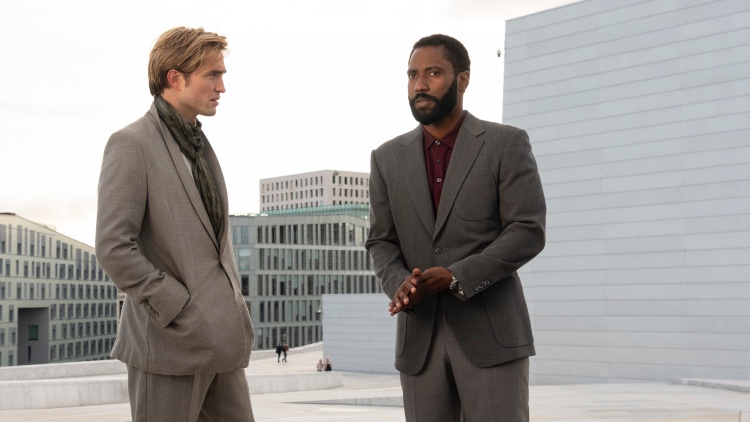
I read something somewhat recently in a critique of the work of Tim Burton, saying that he was not so much a director anymore as he was a brilliant production designer, and sort of arranged his films and his narratives around that. With an odd exception here and there (Sweeney Todd is a good example), I tend to agree. His cinematic creations are less movies than they are a form of performance art. Now, I’m not going to put Christopher Nolan in this category of filmmaker, that’s not giving him nearly enough credit, but I will point out that the art of storytelling has become less and less important to him as he has become more and more successful, as he has focused increasingly on making his movies into “experiences.” Inception, Interstellar, and Dunkirk all fall into that category, as does his latest, Tenet, which I watched twice because I could not understand it at all and thought a second viewing might help.
Spoiler alert: it didn’t.
The thing feels like an experiment, an opportunity to try out effects and build on the kind of storytelling he employed in his second movie, the one that made him a star, Memento, and in my mind, it fails. I wrote an essay a few years ago — you can read it here — about how Nolan was the most overrated filmmaker in Hollywood, and I stand by that. His films are cold and distant and don’t seem to have any respect for the audience, though, admittedly, they do look great. Six of his last seven films have been nominated in this category (only The Dark Knight Rises was not), which is an impressive statistic that not even Burton can match.
Tenet might not make any sense, but it certainly looks good, as Nolan does tend to put every penny of his budgets up on the screen, but beyond the norm of that sleek, futuristic sheen on everything in the movie, there was never a moment when I thought that I was looking at something revolutionary, or that was giving me more than what appeared on the surface.
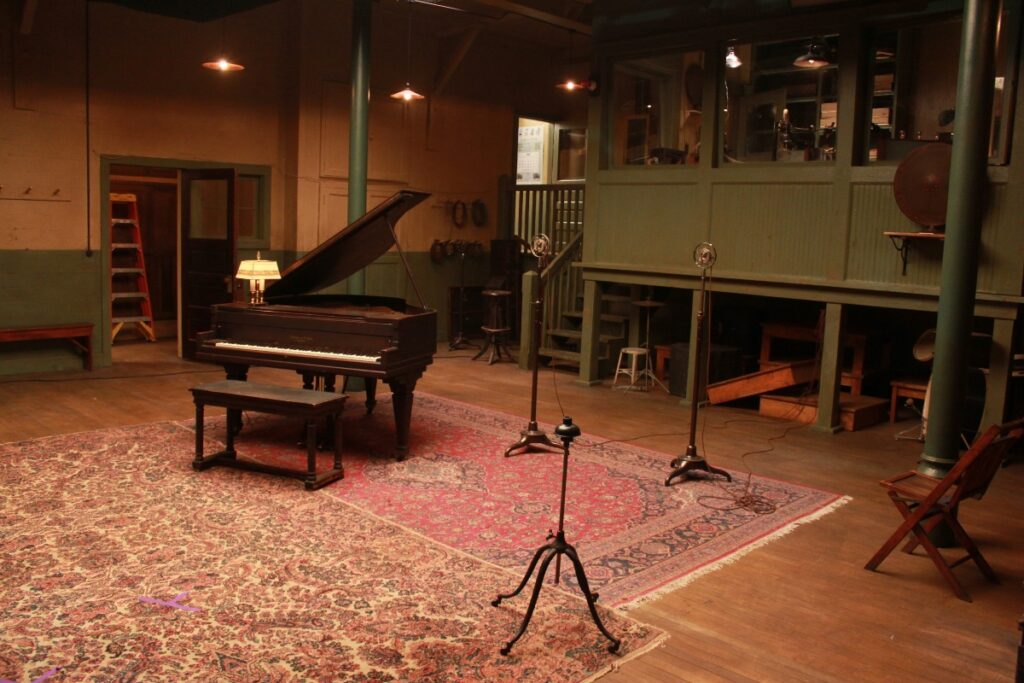
Ditto Ma Rainey’s Black Bottom, which is an odd movie with two brilliant performances — Chadwick Boseman and Viola Davis — each nominated on their own), but doesn’t really work in any way as a film. It feels like what it is: a play adapted into a movie, and while there are certainly films that have succeeded at that leap from stage to screen, it’s a move that is fraught with peril. Especially when the movie version is directed by someone known for his stage work, as this one was. The world that director George Wolfe gives us is contained and evocative, but it also feels like it’s a slightly more elaborate stage design than what you may find in a theater. It’s certainly imaginative, and it takes the viewer into the claustrophobic feel of the recording studios where most of the action takes place, but there’s something small about it. Something, I don’t know, hollow.
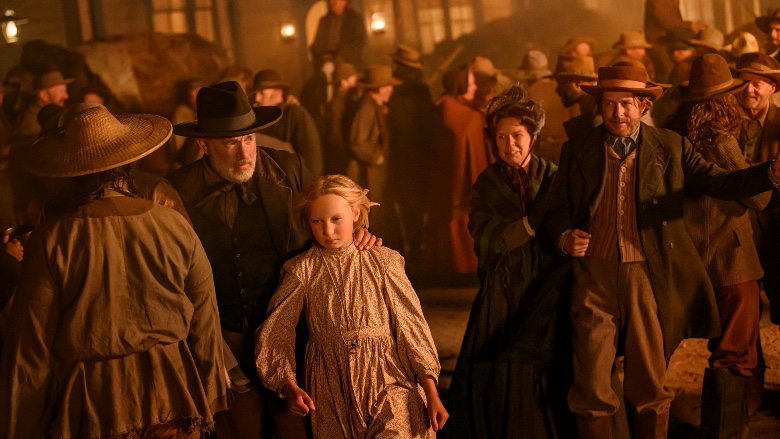
News of the World is a western that does a pretty remarkable job of recreating 1870 Texas, and it certainly enhances the viewing experience. Tom Hanks’ performance is as terrific as always, and there’s certainly something refreshing and comforting about being able to sit back and watch him work, but when he’s so immersed in a world that feels dusty and dirty and raw, as this one does, it makes you stop and think about where he is and what he’s doing there. That, to my mind, is what really good production design does, accentuating and complimenting the storytelling, rather than subverting it, or, even worse, overwhelming it. News of the World never does that, and it’s why I think it’s such a terrific achievement of the form.
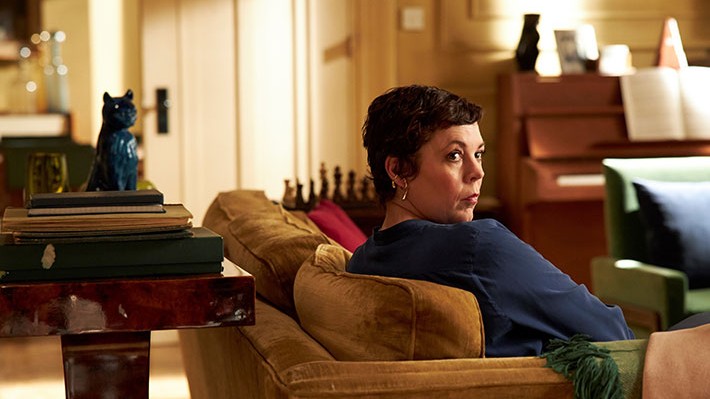
So, for that matter, is The Father, which is sort of similar to Parasite in the way it takes a modern tale and uses the sets and the design to bring the story out even beyond the script. In the case of The Father, the script is especially strong, one of the best written films I saw this year, but the way the film distorts the reality of the main character — and, by extension, the audience — who is suffering from dementia, is exceedingly clever. One apartment shifts into another, then back again, then on to something else, in a way that is subtle enough to not be jarring, while also keeping the viewer — ideally not suffering from dementia — on their toes. It’s a nearly flawless combination that brings out the very best in what the medium has to offer.
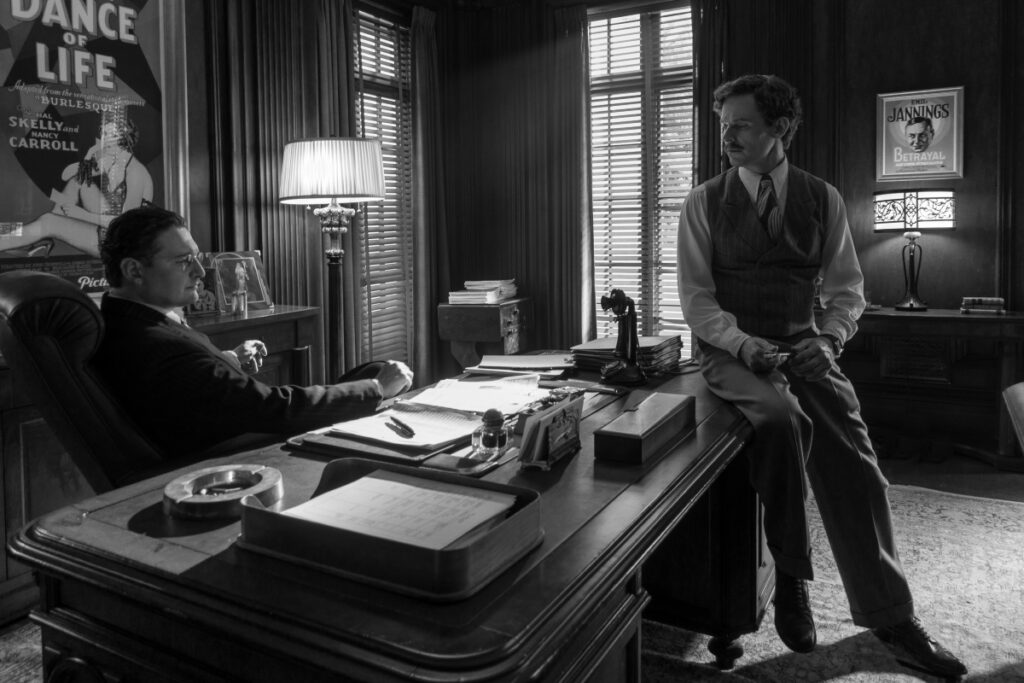
And then there’s Mank. I’ve previously mentioned the technical brilliance that pervades every David Fincher film, and that brilliance extends here. There’s something meticulous about the work that Donald Graham Burt (who won an Oscar in this category for a previous outing with Fincher, The Curious Case of Benjamin Button) does here. Not to say that the work of the other nominees here aren’t just as meticulous, but there’s a minutiae at play in this film that you don’t even necessarily notice as much as feel. I used the word immersive to talk about the use of sound in Sound of Metal, and that word applies here, as well, of course in a different context. It’s like Fincher, Burt, and their team drop you right in the middle of Hollywood circa 1940, while also capitalizing on the fact that the film is in black and white to both emphasize the monochromatic nature of the look, and a certain Gothic theme to the proceedings. Like, there’s a sense of foreboding to it all. As with The Father, it’s both subtle and stands out. It’s also a period piece, and, of course, we know how important that is.
Should Win: A toss up between Mank and The Father
Will Win: Mank
Voting for the Art Directors Guild (ADG) Awards closes on Thursday, April 8, with the ceremony taking place on April 10 — you can read the list of nominees for the 25th Annual ADG Awards here. Oscar voting closes on April 20 for the ceremony taking place on April 25, and you can read the full list of ALL the nominees for the 93rd Annual Academy Awards here.





